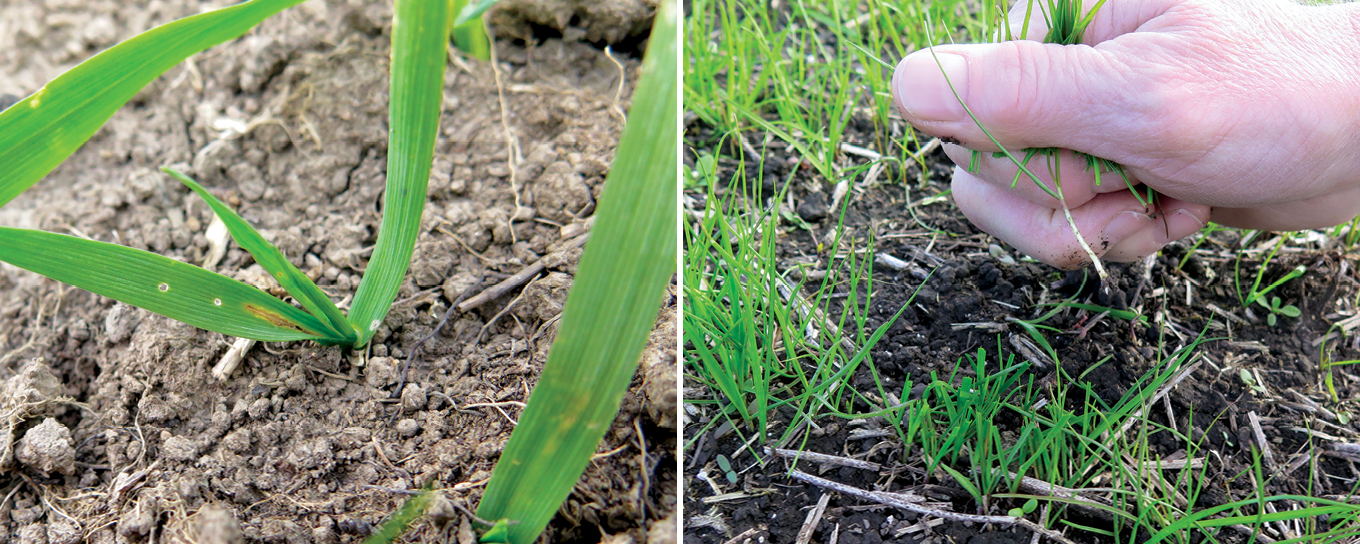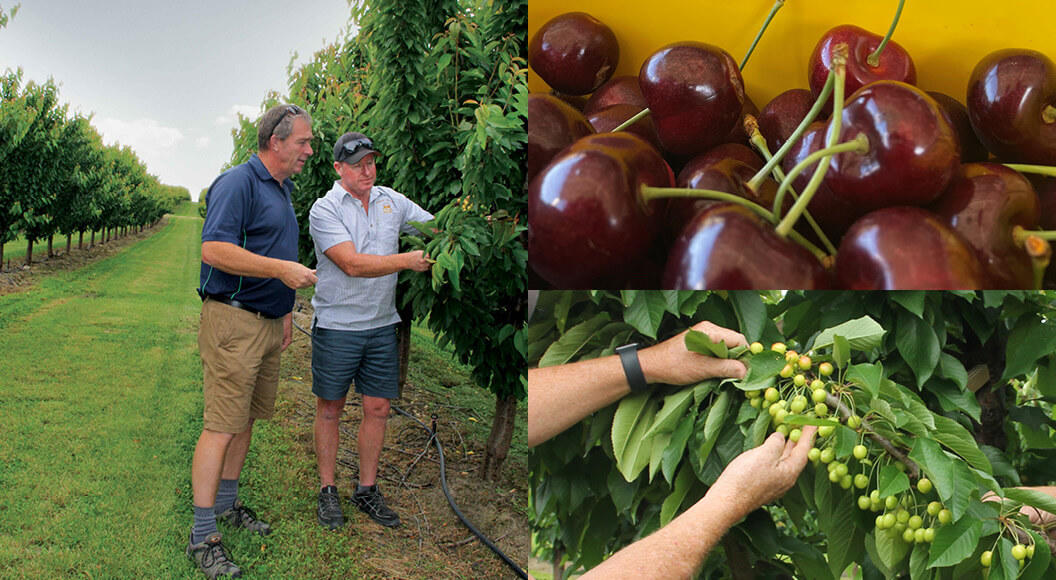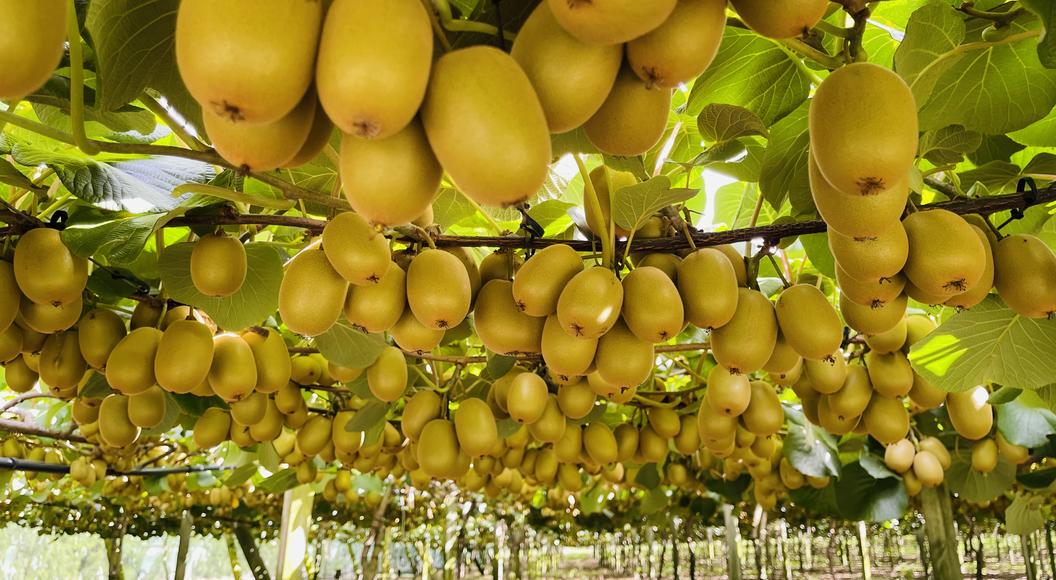
Getting the best from your new pastures
Getting your pastures to perform is a proven path to profitability because pasture is usually your cheapest form of feed. How you manage the critical establishment and grazing of your new pasture influences how it regrows and even its long-term persistence.
As the ryegrass and clover emerge from the soil, any damage from pests can have a large impact. Monitor for any damage to emerging plants, and if you see some damage, then be sure to identify the cause and treat accordingly. Seed treatment can be a useful tool to help protect the emerging seedling at this early stage. It is common to find that new pastures that are not getting up and going as quickly as you would expect are under insect pressure, so be sure to check out your pastures as they establish.
Another factor to consider when your new pasture first germinates are weeds. Weeds can strike during the key establishment phase of your new pasture and then compete with the pasture at this early stage. Identify any weeds early and treat as required. Small weeds are easier to control than larger weeds, so monitor your paddocks during the first couple of months after sowing when the weed seedlings are small.
Once your grass and clover plants start to grow, thoughts turn to grazing and when you can start to use this new pasture. Care needs to be taken with the first grazing because it helps set the plant up. The young plants are in a delicate state when they first emerge, and to get the best out of them, a few critical things need to happen.
Firstly, time the first grazing so the plant has three leaves. The number of leaves indicates the plant’s maturity and level of reserves. The plant builds reserves so it can regrow after having its leaf area grazed.
Secondly, make sure the new pasture can withstand the pull test. Use your hand to simulate the animal grazing the grass. If the grass root systems are small and not able to hold onto the soil strongly, the plant will be pulled out of the ground (right-hand image below). If whole plants pull out of the ground, wait another week then give it another check. Grazing too early can result in loss of plants which reduce production.
After establishing your new pasture and completing the first grazing, keep monitoring and grazing the young pasture to encourage tillering and production for years of service on your farm. Pasture is a critical part of New Zealand forage systems, and maximising the production and longevity of your pastures helps with the profitability of your farm.
If you are putting in a new pasture this season and would like some advice on what to sow and how to establish a new pasture, contact your local PGG Wrightson Technical Field Representative today.


